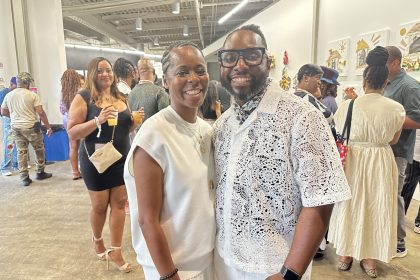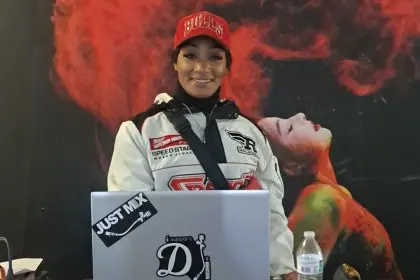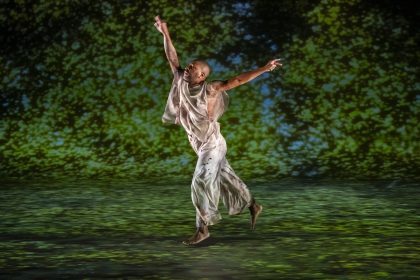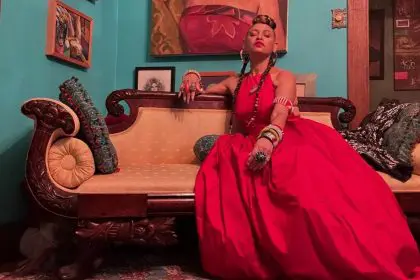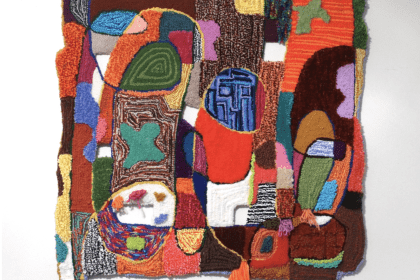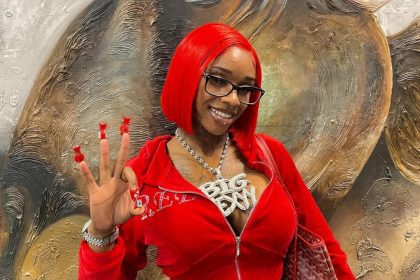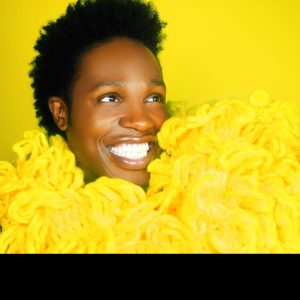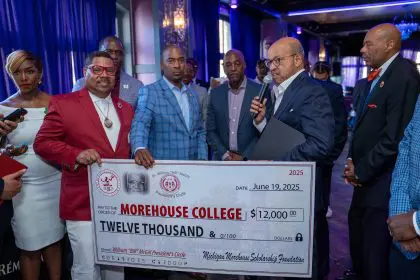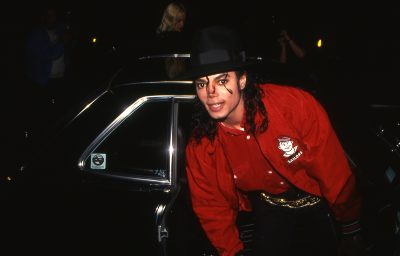
Housed within the Strivers Garden Condominium in the heart of Harlem is the, Strivers Gardens Gallery. The posh space, with its unconventional location within the building’s corridor is emerging as a preeminent destination to showcase art by people of color. Past exhibitions have featured the works of Romare Bearden, Otto Neals, Leroy Campbell and Ademola Olugebefola and Gee’s Bend artists. While the space is the vision of legendary deceased architect, J. Max Bond, Jr. it is the passion and mission of manager, Lisa Hayes. Hayes’ background in law, savvy business sense and eye for art has helped ensure the success of Strivers Gardens Gallery over the past six years. Rolling out spoke with Hayes about her efforts to promote Harlem’s visual artists.
Hoe does the fact that the gallery is housed inside of a condominium affect the types of work you decide to exhibit?
It’s difficult because this is a common space and a walkway for two buildings. So there is a great deal of traffic. So I cannot bring a Robert Mapplethorpe type of challenging exhibition here because people have to look at it everyday. I want people to feel comfortable with the work on the wall but I also want to educate and challenge all of us to broaden our outlook as to what is art.
What strategies do you employ to help sell an artist’s work?
One of the ways we are doing that is by having panel discussions and information seminars on how to collect art and gallery openings. Harlem has always been diverse and it is getting younger with a new population of 30-somethings with discretionary funds. They need to be educated as to what they want to put in their homes. As we educate we will develop a new audience and buying market.
How important is it for your gallery to partner with other local organizations?
We developed the Strivers Art Circuit and that is a group of artists and galleries, which is critical in being able to identify ourselves as reputable and dependable spaces where art can be shown. You have some spaces that open and close but we need to support each other since there are only a few of us. So for the past two years we’ve placed artists and their works in local businesses to create new spaces of opportunity.

